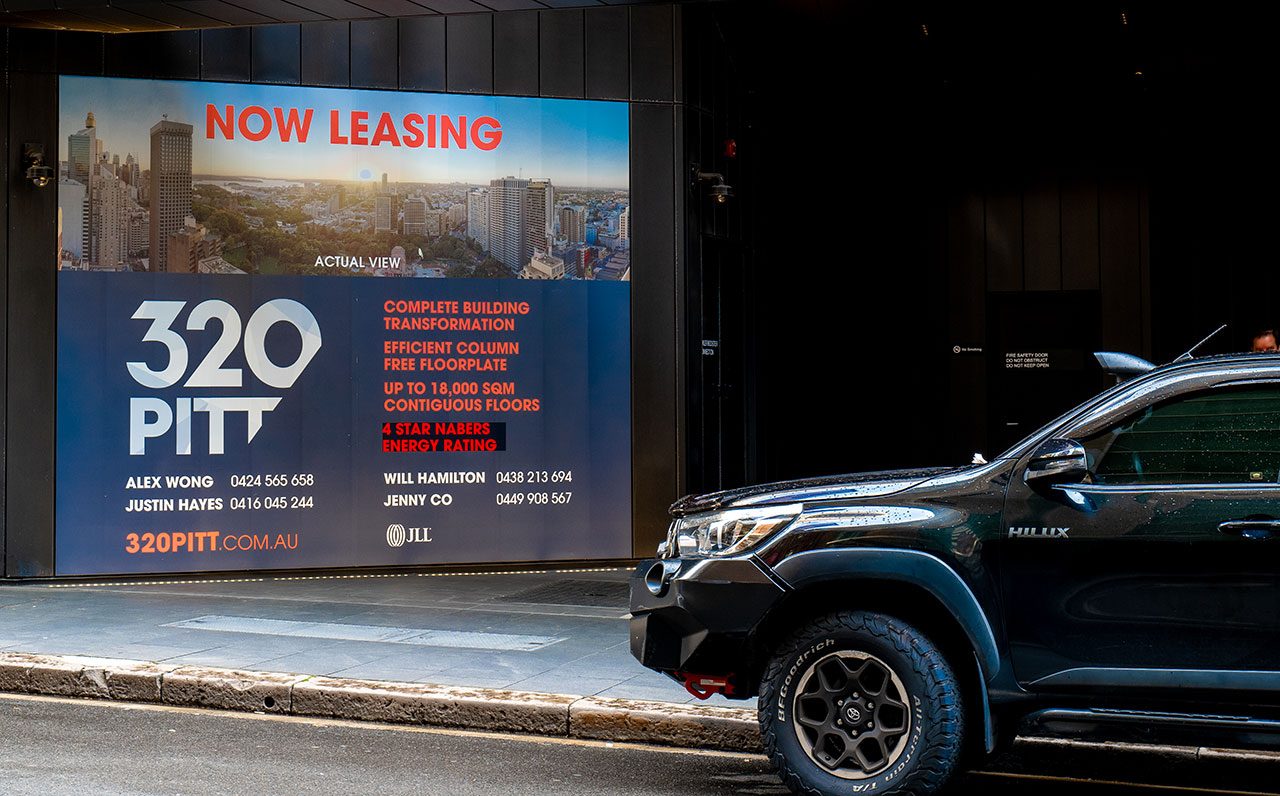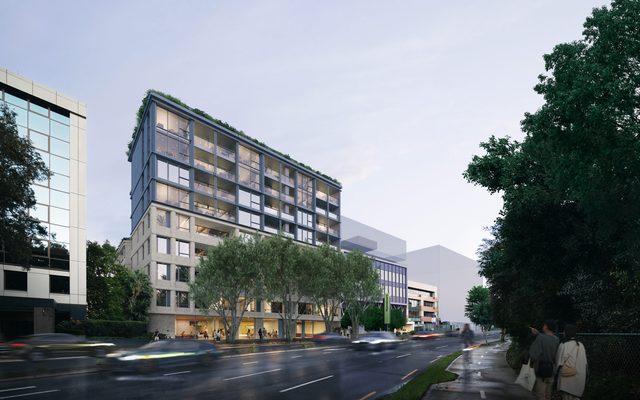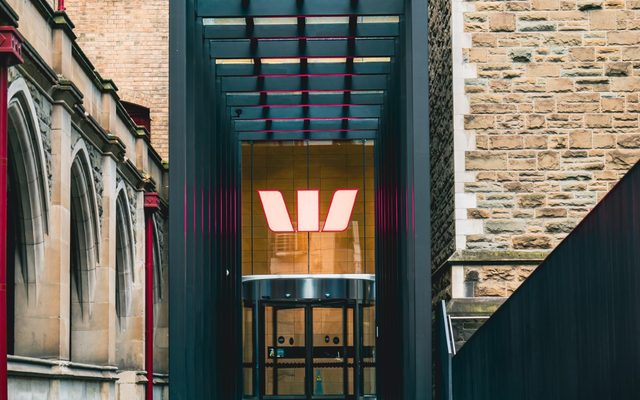This article is from the Australian Property Journal archive
RETURN to office mandates are successfully driving demand back up for prime office space in Australia, despite up-and-down results for national vacancy rates in the sector.
According to the latest research from JLL, the third quarter for 2024 saw 272,700sqm in positive demand for prime office stock.
The flight to quality trend is holding strong though, with net absorption for secondary stock at negative 136,200sqm.
“Businesses are now at a crossroads. The persistence of hybrid models coexists with a pressing call from CEOs for more defined office days,” said Michael Greene, head of tenant representation, Australia at JLL.
“This shift impacts both the amount and utilisation of space, necessitating the creation of innovative, inclusive environments that strike a balance between cost efficiency and employee satisfaction.”
Sustainability and technology, which are increasingly looking to be at odds, are driving demand for premium space. This year this has been particularly true for those tenants integrating AI and smart systems.
The combined CBD vacancy rate is at 15.1% for Q4 2024, with the premium grade CBD rate at 11.3%, A-Grade stock at 16.4% and B-Grade at 15.5%.
In the Sydney CBD, vacancy rates are at 10.5% for premium, 19.3% A-Grade and 19.3% B-Grade.
“A two-tier market has become evident in Sydney’s CBD as a result of the flight to quality thematic, despite headline vacancy rates appearing higher and in favour of occupiers,” said Leah Staats, tenant representation – Sydney at JLL.
“This contrast is most evident in the Premium asset class within the City Core as occupiers have taken advantage of favourable market conditions over the last few years to relocate into higher quality assets.”
Melbourne CBD vacancy rates are still sitting high, with premium grade vacancy rates at 17.2%, A-Grade at 21.7% and B-Grade assets at 19.5%.
“But don’t be fooled by the high Melbourne CBD vacancy,” said Isabel Klem, tenant representation – Melbourne at JLL.
“The market is extremely competitive at the east end of the Melbourne CBD with tenants taking the favourable market conditions to position themselves in the desired Collins Street address.”
In Brisbane, the prime vacancy rate has fallen below 10% for the first time since the onset of the COVID-19 pandemic.
“Brisbane’s office market is experiencing supply pressures, with no new supply with availability expected to enter the market until Q1 2026 and several mooted developments placed on pause or converted to alternative uses,” said Maddison Taylor, tenant representation – Brisbane at JLL.
Canberra’s industrial vacancy rate is current the lowest of the capitals, at 8.9%, with prime grade vacancy rates at just 7.4% in Q2 2024.
The Adelaide CBD’s premium vacancy rate sits at 6.7%, with A-Grade vacancy rate at 21.9%.
“Larger occupiers may take advantage of the latest wave of new stock coming to market as landlords fight for the harder-to-secure, pre-committing tenant,” said Pawanpreet Sidhu, tenant representation – Adelaide at JLL.
“Older assets undergoing major repositioning are presenting as new and good value for smaller to mid-size tenants, and an opportunity to centralise to the city.”
In Perth, the vacancy rate for premium grade assets is at 9.8%, 14.9% for A-Grade assets and 20.0% for B-Grade assets.
“The CBD is experiencing two-tiered market conditions, with a clear divide between vacancy levels in prime versus secondary-grade buildings,” said Sean Milentis, tenant representation – Perth at JLL.
“The number of good quality options for larger, contiguous floors has reduced significantly over the past 6 to 12 months. Overall, however, CBD market conditions remain tenant favoured.”
By 2028, Australia will see a further 24 new office developments and eight refurbishments completed, with 867,800sqm total stock under construction.
“Overall, the report reveals an Australian office market in 2024 defined by a dynamic blend of resilience and adaptability,” added Greene.
“By embracing these changes and focusing on strategic workspace solutions, companies are positioning themselves to remain competitive and future-ready in an ever-changing business world.”




